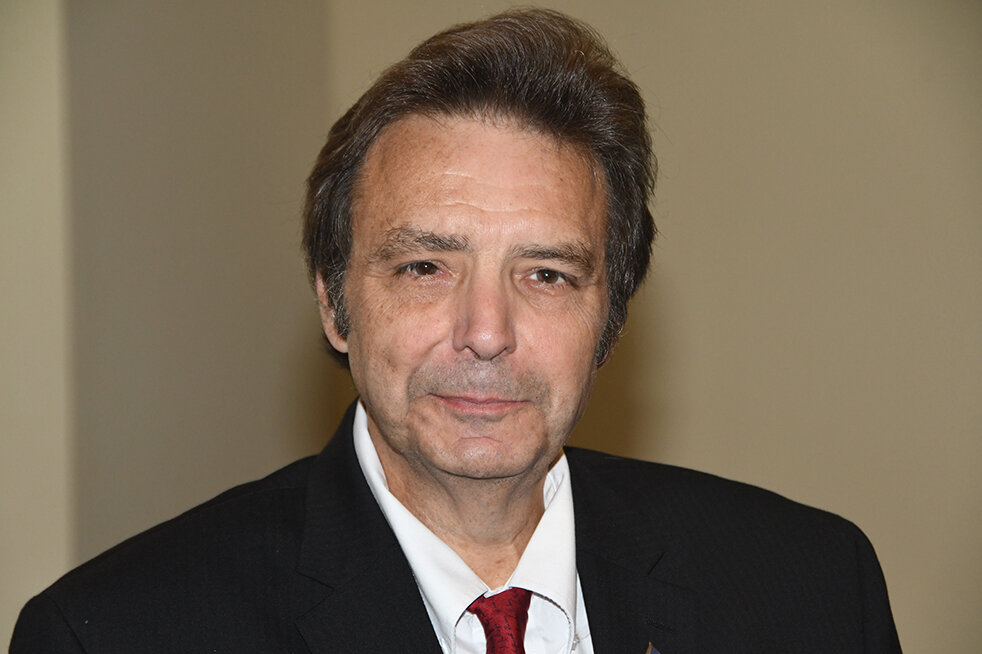Hoff: Questionable court rulings often result in legislative response
Dr. Samuel B. Hoff is a George Washington Distinguished Professor Emeritus of history and political science at Delaware State University. A specialist on the American presidency, he served in three congressional staff positions between 1978-86 and still teaches courses on the Supreme Court and constitutional law.
From early on in life, we are taught that the U.S. Supreme Court is both the highest court in the land and the last stop for legal controversies in our political system. While the former remains the same, the latter is sometimes contradicted by expeditious efforts to countermand a Supreme Court ruling. Contemporary presidents have attempted that through such tools as executive orders, signing statements and even national security “findings.” Alternatively, Congress has responded to certain Supreme Court rulings with its ultimate authority: creating a law to change a policy, fix a loophole or establish or protect endangered rights. This article examines instances where Congress has done just that.
The death of Lilly Ledbetter on Saturday brings to mind the movement that she led for equal pay. Suing upon finding that her supervisor salary at The Goodyear Tire & Rubber Co. was thousands less than a male with the same experience, Ms. Ledbetter was awarded back pay and damages by a federal district court in 1999. However, that ruling was subsequently overturned by the U.S. Court of Appeals for the 11th Circuit. In 2007, the Supreme Court agreed with the appeals court in a 5-4 ruling, but the reasoning — a claim that Ms. Ledbetter’s filing exceeded a statute of limitations for doing so — was so successfully criticized in a dissent by Justice Ruth Bader Ginsburg that a law was passed within two years, resetting the period for submitting such claims. The law known as the Lilly Ledbetter Fair Pay Act of 2009 was signed by President Barack Obama.
A second example of a law being passed quickly after a questionable Supreme Court ruling occurred in 2006. Pursuant to the terrorist attacks against America in 2001, the George W. Bush administration retooled and expanded the naval base at Guantanamo Bay, Cuba, to house detainees from various battlefields. In a series of decisions, starting in 2004, the Supreme Court held that detainees may challenge their imprisonment and that such cases are subject to judicial review. After the 2006 Supreme Court decision Hamdan v. Rumsfeld found that the military commissions set up to try detainees violated both American military law and the Geneva Conventions, Congress quickly stepped in, with the Military Commissions Act of 2006. That law established procedures for ensuring fair trials.
Another instance of a Supreme Court ruling that prompted a speedy reversal dealt with an issue of religious freedom. Two Native Americans used peyote as part of their religion’s sacrament. Subsequently, they were drug tested at work, fired for the positive test for peyote and denied unemployment benefits. The majority in the 1990 Oregon v. Smith ruling saw nothing wrong with the Oregon law that outlawed peyote regardless of circumstances. Conversely, Congress did and reacted by passing a law to restore protections for authentic religious practices. The Religious Freedom Restoration Act was signed by President Bill Clinton in 1993.
A final case where Congress stepped in to change a recently decided Supreme Court ruling took place early in the new century. In 2000, the Supreme Court overturned a Nebraska law banning partial-birth abortion, citing lack of an exception for the health of the mother. Three years later, Congress effectively negated the ruling in Stenberg v. Carhart by enacting the Partial-Birth Abortion Ban Act of 2003.
There are also examples of unsuccessful attempts to revise Supreme Court holdings. When back-to-back Supreme Court decisions in 1989 and 1990 upheld the right to desecrate the American flag, members of Congress expressed their dismay by immediately proposing the Flag Protection Restoration Act. Versions of that proposal were also forwarded for action in 1995, 1997 and 1999, but the legislature never did pass a national law to ban flag burning.
Clearly, certain conditions must be present for this unique sequence — a Supreme Court decision suddenly followed by a law whose purpose is to alter the aforementioned ruling — to transpire. First, someone must call attention to the deficiencies of the majority’s decision. This is usually done by a justice who writes a concurrence or dissent pointing out the problem. It is often then augmented by public outrage. Next, the political alignment of Congress must exist in a manner conducive to acting contrary to the courts. Finally, there must be leaders able to steer the bill through Congress and willing to convince the president to support the measure.
The American political system is highlighted not by the centralization of power but by its diffuseness, with regular — sometimes speedy — reconsideration of each branch’s moves.
Reader reactions, pro or con, are welcomed at civiltalk@iniusa.org.







